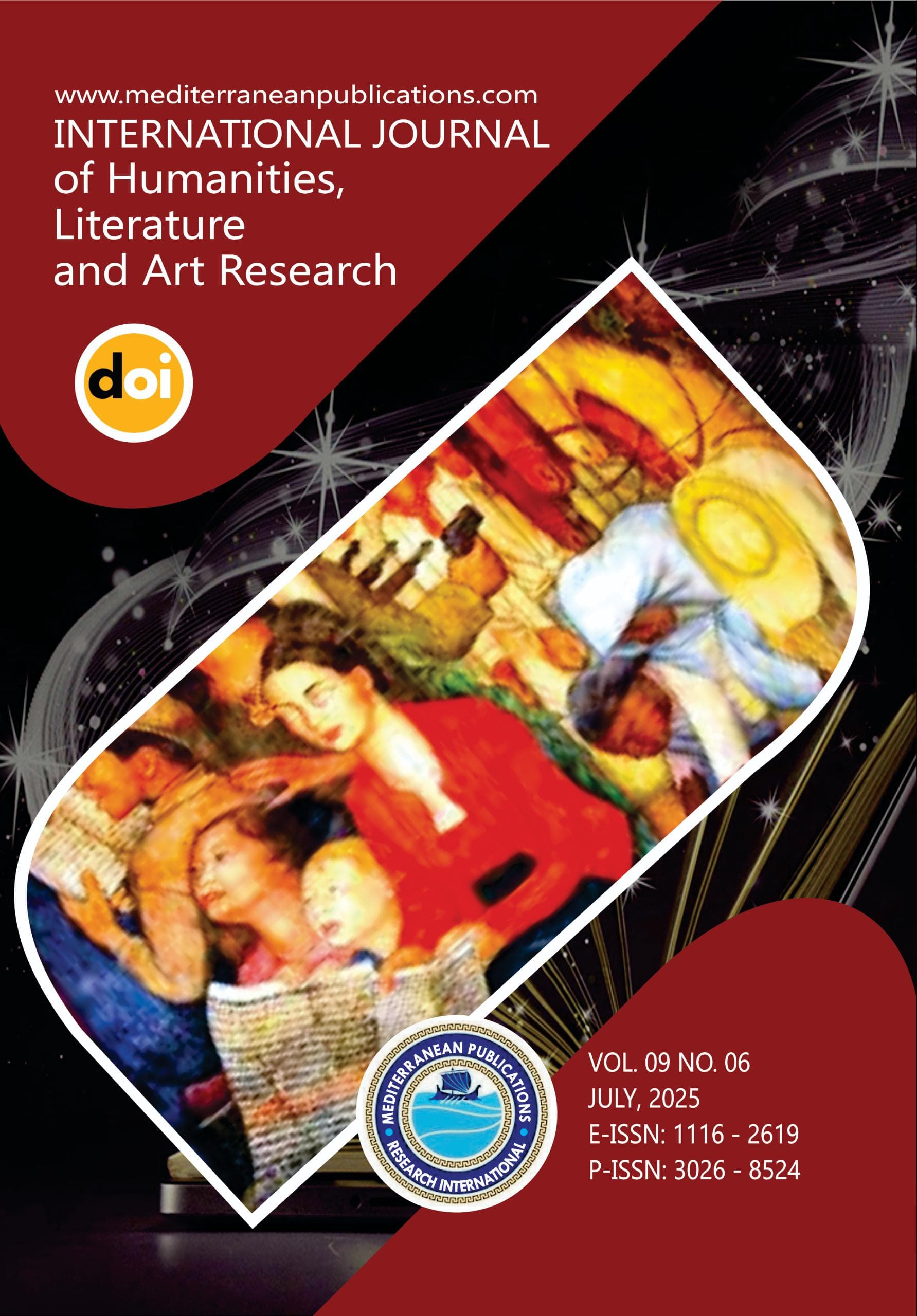A PHILOSOPHICAL INVESTIGATION OF JOHN14:6 ON THE CONCEPT OF TRUTH
Abstract
This study investigates the intricate dimensions of John 14:6, where Jesus stated, “I am the way, the truth and the life. By connecting biblical exegesis with philosophical hermeneutics, the research examines the cardinal declaration within its historical, doctrinal and ethical frameworks. The analysis positions the Johannine statement with regard to ancient theological overviews from Augustine and Aquinas to Barth and Tillich that emphasize the relationship between divine revelation and rational inquiry. It further examines comparative religious viewpoints by bringing together complete Christian truth claims with non-Christian phenomenologists present in Buddhism and Islam. It examines that Jesus’ assertion to be the truth presents a peculiar and provocative confrontation to traditional philosophical understanding of truth, underscoring the essence of considering the relational, personal and revelatory aspects of truth. The work severely analysed philosophical discussions on truth, focusing on the variances between universalism and particularism, as well as between correspondence and coherence theories. The paper employed an integrated methodological approach that incorporated philosophical hermeneutics with biblical exegesis. The results indicate that harmonising the exclusive assertions of John 14:6 with a pluralistic perspective necessitates a measured strategy that preserves doctrinal fidelity while being receptive to interfaith dialogue. This research intensifies present debate on divine truth by providing an interdisciplinary paradigm that is theologically sound and morally in harmony to various global landscape. The paper concludes that the declaration of Christ as the truth in John 14:6 fosters deep theological and philosophical investigation.
Keywords:
John 14:6, Concept, Truth, Investigation, PhilosophicalPublished
How to Cite
Issue
Licensing
Copyright (c) 2025 OKOH, BLESSING UENOSEN (Ph.D.)

This work is licensed under a Creative Commons Attribution 4.0 International License.










